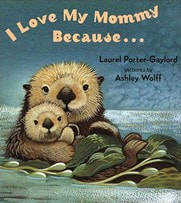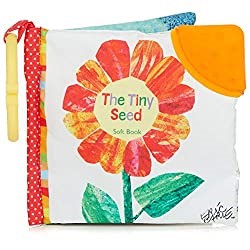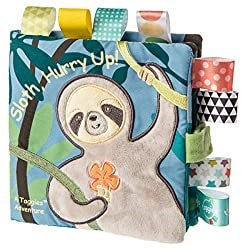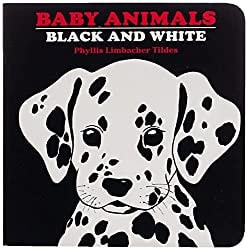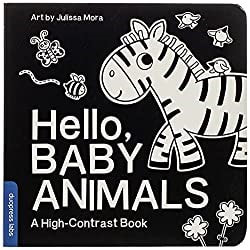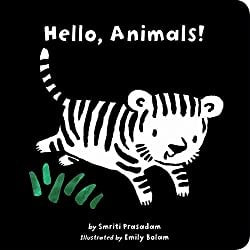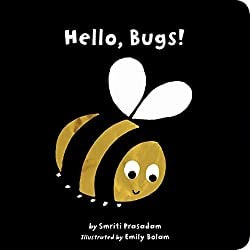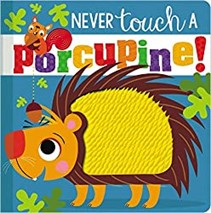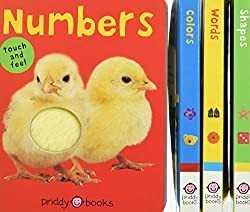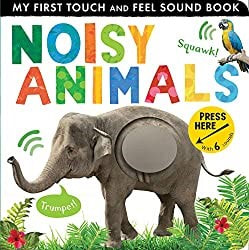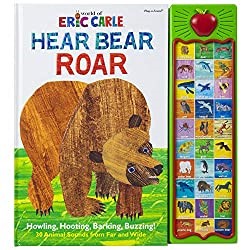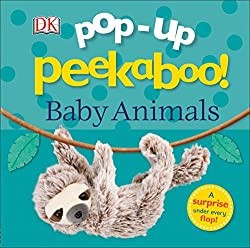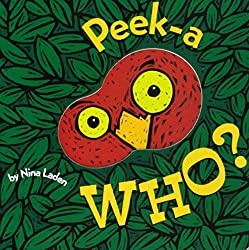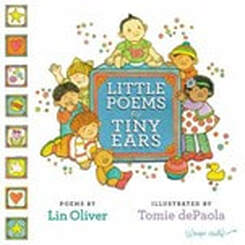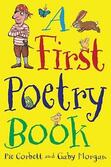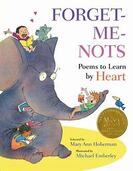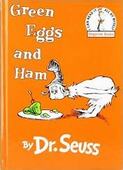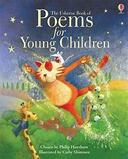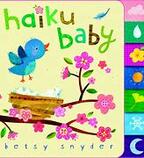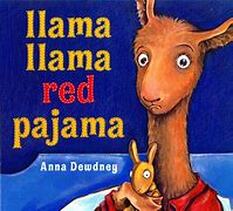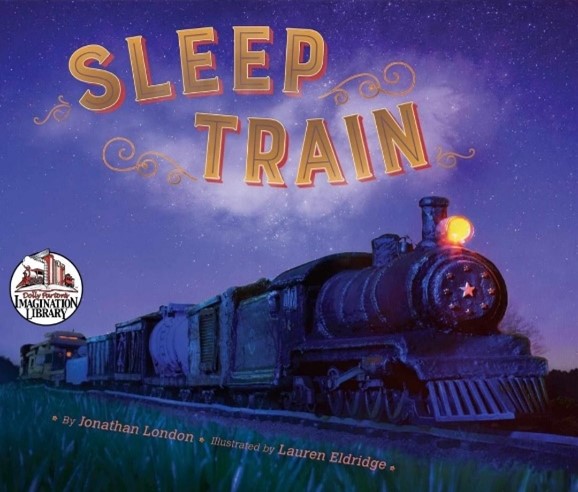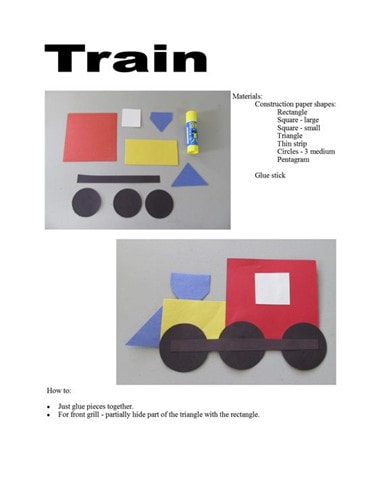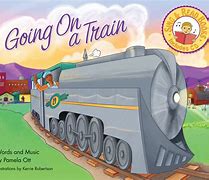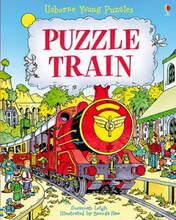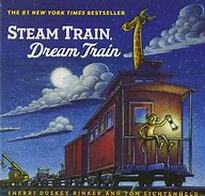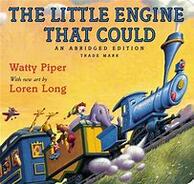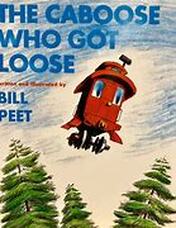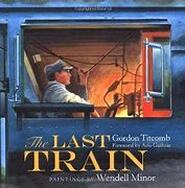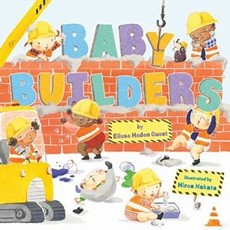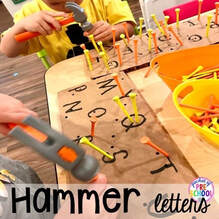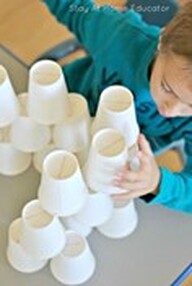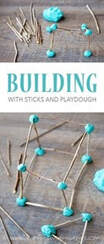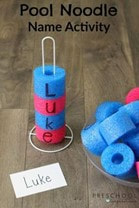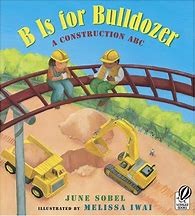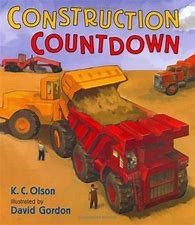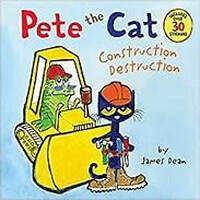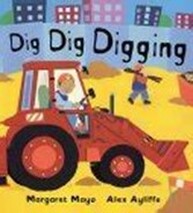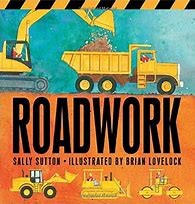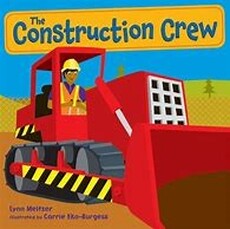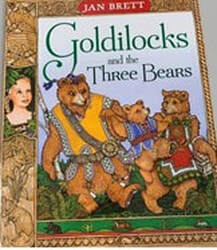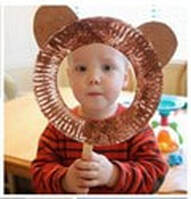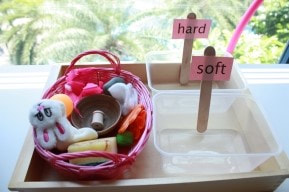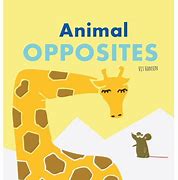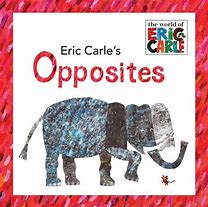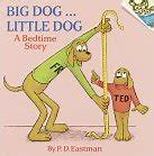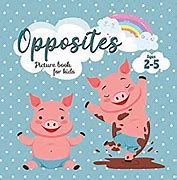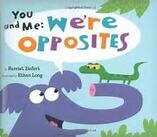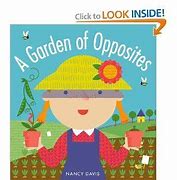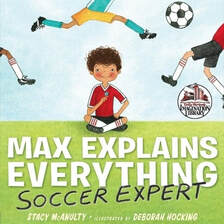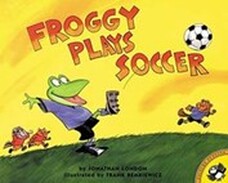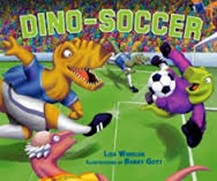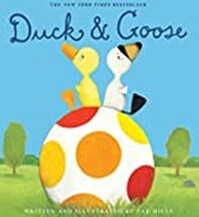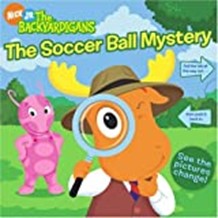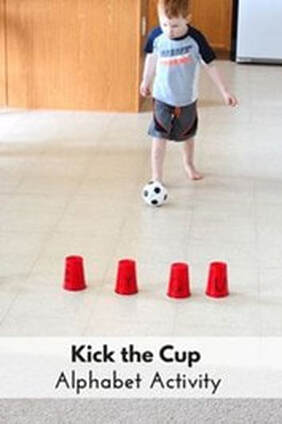September 2021 Fun Book Activities and Curriculum
Group 1
|
Read A Loud or Play the Above YouTube Video
Why Should You Read to Your Baby? Nurtures Bond As a newborn, your baby is learning to trust you and understand that you are there to meet their needs. Bonding plays a key role in your baby feeling safe and cared for. When reading to your newest family addition, you’re taking the time to create an experience to spend quality time with your little one. You are connecting with them by holding them and sharing something with them. It doesn’t matter if your newborn baby understands what you are reading, it is the act of connecting and strengthening the bond between you that matters. Children of any age aren’t able to learn if they feel unsafe or threatened. By increasing the bond, you have with your child from birth, you are providing them with a sense of security, allowing them to release their fears of survival and focus on learning. Reading Supports Communication One of our basic instincts from birth is to communicate. Communication can take many forms: orally, through pictures, through words, through body language and facial expression, and through gestures to name a few. When you are reading to your infant, you are modeling this communication and demonstrating the different ways to communicate. Tips for Reading to Your Baby
|
Types of Books for Early Learning
Cloth Books Cloth Books are great for baby book play as little one’s love to explore things with their mouths. From birth and on, these durable books will become quick favorites! They are also easy to wash in your washing machine. High-Contrast Books
High-Contrast Books are best for newborns as they cater to an infant’s nearsightedness. The stark contrast in colors make them easier for infants to see and encourage them to focus and follow the pictures. These are also all board books, so they are highly durable for baby play. Examples of High Contrast Books include: Touch-and-Feel Books
Touch-and-Feel books are perfect to add to your baby’s library around 5-6 months. When baby is reaching out to touch things and starts seeking sensory stimulation, touch-and-feel books provide plenty of textures for baby to explore. Sound Books
Sound books are really engaging, especially starting at around 9 months. They allow your child to explore concepts through sight and hearing giving them a better understanding of the concept. Sound books also work on the “cause and effect” skill as when your child presses the button, it makes a sound! Lift-the-Flap and Peekaboo Books
These books are particularly perfect as your baby becomes more interactive with the world around them (great for 6 months and up). They will love to look at what is hiding underneath flaps. |
Group 2
|
Read A Loud or Play the Above YouTube Video
• Read the title of the book to your child. • Ask him where his ears are and ask him where your ears are. • Tell him, “It’s time to listen!” • Count the number of children on the front page. • Read each poem’s heading and show or act out each of them. Being animated will help keep your child engaged. • As you read body parts, locate them on your child’s body: “Feel your toes, on your feet” or “My nose sneezes! Achoo!” • Ask your child if he likes to do the things seen in the pictures. • Play peekaboo with you child and say, “I’m here!” when you reveal your face. • Point out the items listed in each heading during your everyday activities: “Let’s get in your car seat!” • Read the book once a week to help increase your child’s vocabulary and memory. • Try some of the ideas above. Continue to use your own imagination during book play, too. Have fun with the book and enjoy your time together. New words and sounds your child might learn:
I, see, toes, walking, nose, sneeze, tongue, noisy, puppy, ball, bird, dogs, car, chair, belly, music, snooze, cats, daddy, bath Other Poetry Books for Children 0-4
|
With this book, you will introduce your child to the wondrous world of poetry! This collection of poems covers the everyday activities that occur in every toddler’s life. The poems are paired with vibrantly colored illustrations for you and your child to enjoy!
Poems and Rhymes
Poems and rhymes are important for language development for babies and toddlers. Here are some helpful hints as you are reading to your baby. • Literacy helps word development even in infants. They soak everything in like a sponge even if they show you what they have learned later on in life. Filling their day with words and songs are important for language development. • Read the book to your child and describe what you see on each page. Point to animals and objects and name them. If you come across something on a page and there is a simple song or fingerplay that goes with it add that in and sing with your child before turning the page. Transportation Sounds
|
Group 3
|
Build a Train with Your Toddler
Train Shapes Cut out construction paper shapes into the shape of a train (rectangle – boiler, triangle – cow catcher, square – engineer’s cabin, upside down triangle – funnel, 3 circles – wheels). Have your child glue together. Add cotton on for smoke. Shoe Box Trains
Have your child paint and decorate shoe boxes. Add two wheels on each side of each shoe box. String them together. Sort toy trains by type, color, size, etc. Sort pictures (stickers on cards) of trains. Egg Carton Train Supplies: bottom half of egg carton, scissors, glue, empty spool (one per child), toilet paper tube (1 per child, black construction paper, small paper cup to trace, chalk, black and red paint.
You need: cardboard, markers, paste, construction paper, railroad shapes.
|
Children Love Trains! The following activities and games can help children development early literacy skills. Click on the game for details.
Little Engine that Could Alphabet Game Train Shape Matching Game Other Books to Read about Trains
|
Group 4
|
Building Activities
There are so many creative ways to build and construct with your child at home. Yes, you can use blocks and Lego. But you can also use recycled materials such as boxes and containers as building supplies as well.
2. Do you have paper cups or red Solo cups at your house? They make
great building materials as well. You really could build something new every time with cups and imagination. 3. Use nature and playdough to build. Sticks work great!
4. Pool noodles can be used for literacy and building. Cut up pool noodles and a paper towel holder to make word towers. Write letters on the pool noodles and create words with your child. You can also cup up a paper towel tube and do the same thing.
|
Benefits of Constructive Play in Early Childhood
Constructive play (also known as constructing play or construction play) involves manipulating elements to make something new. This may involve all sorts of different construction methods – stacking, assembling, disassembling, sorting or molding, to name just a few. Construction or block toys boost hand-eye coordination. This will happen gradually as your child learns to grasp, collect, and move the blocks or construction toys. They may also compare the many pieces of construction toys before building something. This will enable them to distinguish between same and different. When your kid joins school, his ability to count the pieces will improve his math skills. Building blocks for math comes in handy! Not only that, his reading and understanding abilities will also improve as he tackles the construction pieces to build something. In fact, block play and child development go hand in hand.
Other Fun Reads about Construction
Making the Most of Constructive Play
|
Group 5
|
Baby Bear
You Will Need: Paper Plate Glue Brown Construction Paper Popsicle Stick Scissors Directions: 1) Take a paper plate and cut out a hole in the middle as big as your child’s face. 2) Next cut out brown paper ears (or white ones and color them brown) glue the ears to the top left and right corners of the plate. 3) Next if you have a popsicle stick glue or tape it to the bottom so you can hold the mask up to your face. See picture below. Porridge Play
Cooking with your toddler has many benefits. Your child will be excited to help out in the kitchen and reap the benefits in their tummy.
Follow the recipe below by clicking on the link:
Goldilocks and the Three Bears – Porridge « Bites from Books Offer your child fresh fruits to add to their porridge like strawberries, blueberries or peaches. Introducing new foods and tastes will expand your child's taste buds! |
Fun Activities
Take your child on a Scavenger Hunt throughout your house. Look for different items like beds, chairs and tables like in the book. You can also do an I spy sort of game. Talk to your child about things that are too big to small, too hot, too cold. Create a sorting activity with things that are too big and too small like Goldilocks in the book from items throughout your house. Let’s learn about Antonyms (Opposites)
Allow your child to learn about opposites such as hard, soft, cold, hot, rough, smooth, by using this sensory bin as touch game. Fill a basket with objects of opposites and watch how your child use his/her senses to differentiate the opposite properties. This is also a great sorting activity! Act out the Story
You Will Need: 3 Stuffed Bears and a Doll or Make Puppets Using the stuffed animals, the doll or puppets, act out the story. This is a great way for your child to use their imagination. Other Books To Enjoy
Introducing the Number 3
The number 3 is used throughout Goldilocks and the Three Bears. You can help your child begin to recognize the number 3 by asking your child to find and gather different items in quantities of 3. For example, help your child find 3 rocks, 3 crayons, or 3 buttons. Have them count each item and name it. Writing the Number 3
|
Group 6
|
Other Books About the Beach
Non-Competitive Sports
Many families prefer non-competitive physical activity and sports for their children. Some of the benefits of non-competitive sports include:
If this sounds important to you, try dance, bowling, karate, cycling, hiking, or any activity that promotes well-being. |
Children of all ages having the opportunity to play games and sports is very beneficial. Playing outside with your child is fun and healthy. Running around, laughing, and connecting with your child indoors or outdoors is important.
10 important reasons why young children benefit when introduced and play sports:
Kick the Cup
Materials Needed: Plastic Cups Permanent Maker Ball Directions: 1. Write a letter on each plastic cup with permanent marker. Write the lowercase letter on one side of the cup and the uppercase match on the other side. This way you can turn them around to work on both versions of each letter. 2. Line the cups up in a row on the floor. 3. Have your child face the cups with the ball in front of him. When instructed to kick, have him kicked the ball towards the cups and knocked one or two of them over. Then have him go over to the cups he knocked over and identified the letter on each cup and the sound each letter makes. Could also us cones and sight words. |
